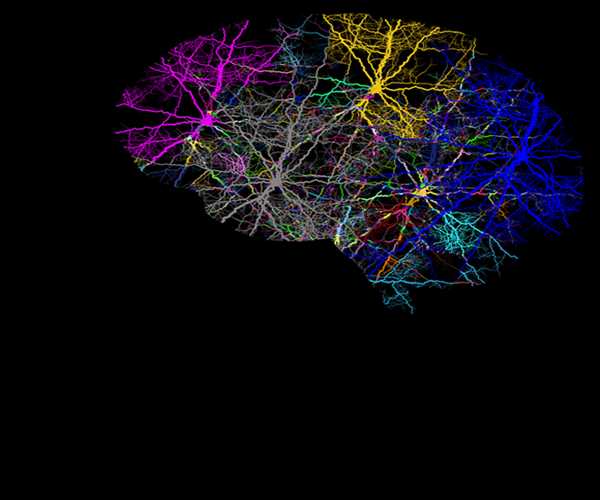Search here

21-Sep-2022
What is Neuron Navigation System?
The invasive brain method (NIB) can provide a deep concept for our understanding of New York, so it provides researchers a valuable reason for basic neurophysiology, behavior, or cognitive process.
However, the exact features of this study can sometimes be a problem when they sometimes need to keep their devices in a specific position for a long time and ensure the effects of experiments and repeats. Slight heterogeneity observed in an individual's brain anatomy, especially for multiparticipant experiments, may cause additional difficulties in localizing and navigating the exact location of the stimulus. Even when targeting the same area of the same subject in multiple experimental/treatment sessions, it can be difficult to ensure that stimulation is applied exactly where it should be.
To alleviate these challenges, neuronavigation technologies and systems give researchers and doctors the tools they need to pinpoint the exact brain regions they need to do their job. This can be achieved using a smart infrared system that can track the location of the TMS. Real-time anti-human head coil or TU's transducer; computer modeling and 'connectomics' techniques that allow researchers to identify and target specific areas of the brain before applying stimuli; A modern robotic system that can reliably and accurately apply stimulation without human intervention.
How can neuronavigation systems improve accuracy?
Using a neuronavigation system, the position of the TMS coil can be tracked relative to a target assigned to the system, or the position of the TMS coil can be tracked relative to an anatomical region of interest. Taking the Brainsight TMS navigation system as an example, the system can not only track the position of the coil but also analyze the orientation of the coil arm relative to the hotspot with the highest magnetic field.
Coil arm orientation is an important determinant of the neutrons extracted by the TMS pulse (Mills et al., 1992). As a result, the change of rinsing handles can affect the brain cortex at TM. After finding the hot point, the direction of the socket handle can be stored regularly during the experiment session when these hot spots are found. In neural navigation systems, targets can be identified in two ways.
A popular approach is to identify hot spots, such as locations that can trigger motor evoked potentials (MEPs) or phosphenes, and then target those hot spots. This will continuously stimulate the positions that can produce the desired response in the experiment. Another method is to use a standardized set of coordinates as the target, such as Montreal Neurological Institute (MNI) space. This approach has been widely used when obtaining sites from each participant's fMRI DRY contrast, allowing for thematic goals (e.g., Rahnev et al., 2016).
Neuronavigation systems can also be used to transform a subject's MRI from its original space to a standardized coordinate space. This transformation determines the MNI coordinates from the participant's MRI scan, making the MNI coordinates available on a per-participant basis.
Also, read the Psychological effects of pain on the Brain.
Future applications
Recent approaches to neural exploration incorporate flow modeling in a noninvasive brain stimulation (NIBS) paradigm to examine how the cortex is shaped by electrical fields induced by transcranial magnetic stimulation (TMS) or transcranial electrical stimulation (tES). . It folds near externally applied fields (e.g., Opitz et al., 2011). The use of SimNIBS has successfully elucidated the areas most likely to be affected by TMS pulses and the effects of stimulating these areas on behavioral phenomena (Thielscher et al., 2010).
Similarly, the current flow model was also successful in validating that tES montages affect the cortex as expected (e.g., Saturnino et al., 2017). These tools are now integrated with Brainsight's TMS Navigation software, allowing target participants to simulate the current flow before they arrive in the lab. This allows the electric field strength to be checked during targeting to ensure that the TMS coil position is positioned to maximize the induced electric field on the object of interest.

Student
An inquisitive individual with a great interest in the subjectivity of human experiences, behavior, and the complexity of the human mind. Enthusiased to learn, volunteer, and participate. Always driven by the motive to make a difference in the sphere of mental health - and normalize seeking help through a sensitive and empathetic approach
Join Our Newsletter
Subscribe to our newsletter to receive emails about new views posts, releases and updates.
Copyright 2010 - 2025 MindStick Software Pvt. Ltd. All Rights Reserved Privacy Policy | Terms & Conditions | Cookie Policy